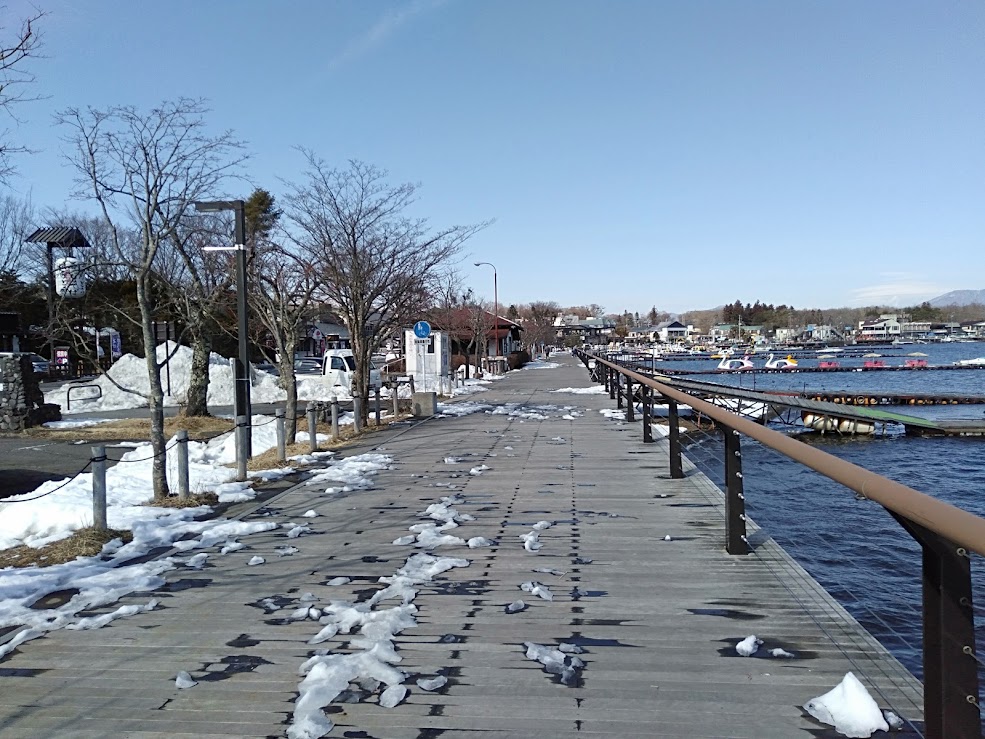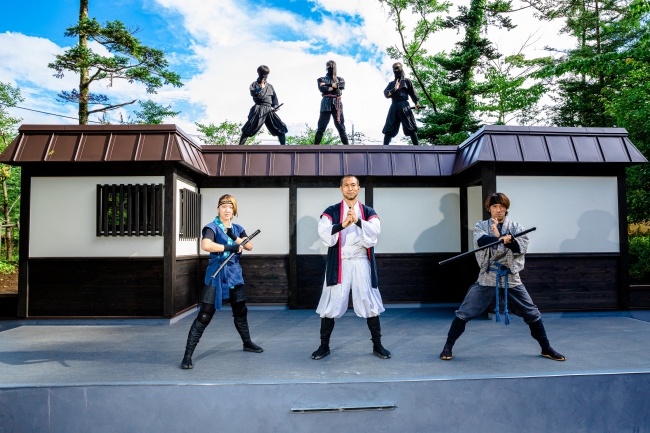Hakone Shrine

Lake Ashi

Venetian Glass Museum
(Hakone Glass Forest Museum)


Enjoy to your heart’s content the exquisite beauty of these exquisite works, with their delicate and graceful brilliance. Of the roughly 1,000 works in the collection,
including Venetian glass produced in its golden age of the 15th and 16th centuries,
ancient glass from before Christ, decorative glass revived by the 19th century Salviati workshop and
other glass art from the 20th century, and more, about 100 carefully selected pieces will always be on display for each project.
Uogashi Sushi Restaurant
Seafood and sushi Japanese food


Numazu Uogashi Sushi is a sushi restaurant with auction rights at Numazu Fish Market. Suruga Bay, located at the foot of Mt. Fuji, is the deepest fishing ground in Japan and is home to approximately 1,200 species of fish. We deliver a variety of seafood directly from Numazu, the best fishing ground in Suruga Bay. Please enjoy the fresh ingredients and rare local fish that only Uogashi Sushi can provide.
Lake Yamanaka



It is the easternmost of the Fuji Five Lakes and has the largest area of 6.77 square kilometers. The current Lake Yamanaka was formed here as lava dammed the river during the Enryaku eruption (800-802), and is also the source of the current Sagami River. When viewed from afar, the shape of the lake resembles a cow, so it is also called Gagyu-ko.
It is a popular observation spot because the upside-down Mt. Fuji is beautifully reflected on the lake’s surface, and there are many resort hotels and other accommodation facilities, restaurants, parks, and research laboratories scattered around the lakeside. The maximum depth is very shallow at 13.3 meters, and it is also famous for being able to ice fish for smelt in winter because it freezes over. In addition, a variant of marimo called Fuji Marimo was discovered in 1956 and is now registered as a natural monument of Yamanashi Prefecture.
Oshino Shinobi no Sato Attraction Theme Park


What is Oshino Shinobi no Sato?
Oshino Village, Yamanashi Prefecture, is famous for Oshino Hakkai.
Located in the mountains overlooking Mt. Fuji, Oshino Shinobi no Sato is a ninja-themed village.
Change into a ninja costume and transform into a ninja.
You can enjoy a powerful ninja show, solve the mystery of the Trick House, or hone your skills at the Shuriken Dojo.
After strolling through the Japanese gardens that show the scenery of the four seasons, you can enjoy soba noodles made with Oshino’s famous water and Shinobi no Sato’s original ninja black curry at a restaurant.
Enjoy the “ninja” experience that can only be experienced here and take home unforgettable memories.
Oshino Hakkai


The water of Oshino Hakkai is crystal clear, and when you look into its depths, it is surprisingly blue. Rain and snow that fell on Mt. Fuji soaked into the earth over more than 20 years, and then gushed forth, creating eight small seas. Since ancient times, this sacred spring has been the object of worship and purification as pure and spiritual water. In fact, the entire village of Oshino was once a huge lake called Lake Utsu. In the great eruption of Mt. Fuji in 800, Lake Utsu was divided into two by lava, becoming Lake Oshino and Lake Yamanaka. After that, Lake Oshino gradually dried up, and the basin at the bottom of the lake is now Oshino Village. The remains of Lake Utsu are said to be the Oshino Hakkai. Oshino Hakkai was an important place as a sacred place for Fuji-ko, which flourished during the Edo period under the founder of Mt. Fuji worship, Hasegawa Kakugyo, and was called the Edo 808-ko. However, this also fell into disuse towards the end of the Edo period, and Tomoemon, the founder of the Daiga-ko, lamented this and erected stone monuments in each of the eight seas, inscribed with the names of the dragon kings and waka poems.
